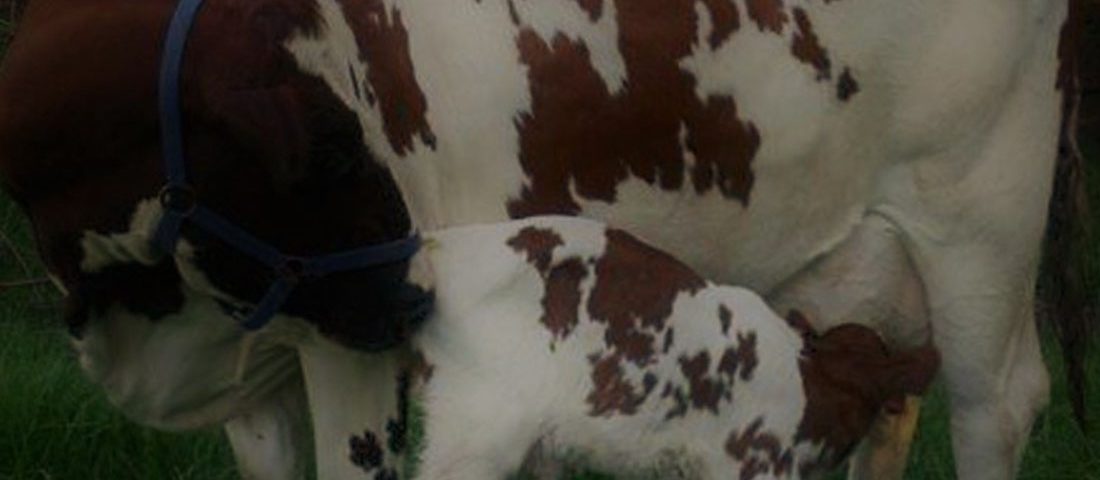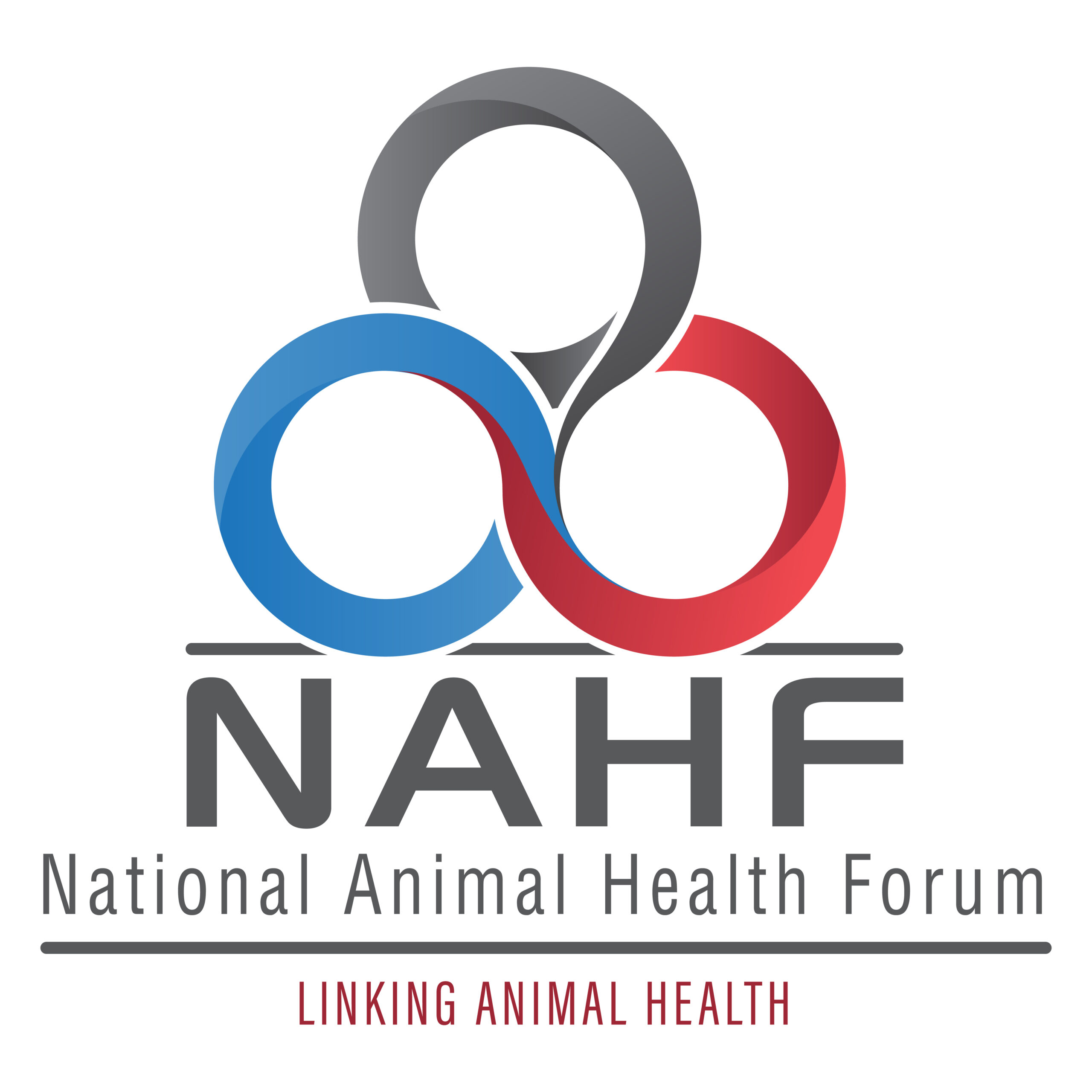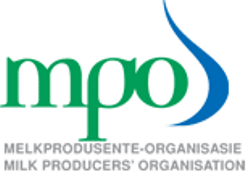
The Guide on Biodiversity for the Dairy Sector was released today by the International Dairy Federation (IDF). This document aims to provide assistance on improving biodiversity management by using measurable biodiversity indicators.
With a growing global population and an increase in demand for food worldwide, world production of dairy products is expected to further increase. However, all food production, including dairy production, can impact on biodiversity. Similarly, a lack of biodiversity—ranging from bacteria in the soil to bees that pollinate crops—can have an effect on food production. That is why protecting wildlife and their habitats is so crucial for the long-term sustainability of agriculture.
The dairy industry is aware of these challenges and has a duty to mitigate its impact on wild places and species. These guidelines outline steps for assessment of dairy production impact on biodiversity.
“This practically-oriented publication is a step further in the work of the IDF Standing Committee on Environment. The Guide on Biodiversity will further contribute to the sustainable development of the dairy sector and to the improvement of our sector practices to stay within the local ecological limits without jeopardizing biodiversity and ecosystem services” explained Dr. Ying Wang, current Chair of the IDF Standing Committee on Environment.
Through this new publication, IDF reiterates the responsibility of the dairy sector and other food-producing sectors to safeguard biodiversity. Healthy ecosystems are essential to increase resilience and agricultural production in the face of change.
The IDF Bulletin N° 488/2017 IDF Guide on Biodiversity for the Dairy Sector is available free of charge from the IDF Website.
This document complements the work of IDF on environment and the publications on water footprint methodology* and carbon footprint approach** for the dairy sector.
* Bulletin of the IDF N°479/ 2015: A common carbon footprint approach for the dairy sector – The IDF guide to standard life cycle assessment methodology.
** Bulletin of the IDF N°486/ 2017: IDF Guide to Water Footprint Methodology for the Dairy Sector.
—ENDS—
Media contact
For further information, please contact IDF Communications, communications@fil-idf.org
International Dairy Federation
The International Dairy Federation is the leading source of scientific and technical expertise for all stakeholders of the dairy chain since 1903. IDF engages all stakeholders in productive activities and research projects to further current knowledge and science on a wide range of issues. Today, dairy is one of the most vibrant and strategic sectors, with a major impact on national economies, public health and the environment. Through its working bodies, events and work programme, IDF provides a common platform, systems and processes for the global dairy sector to come together to reach consensus. Given its consensus-building capacity, IDF represents the global voice of dairy towards stakeholders and intergovernmental organisations. For more information, please visit www.fil-idf.org
Published on Wednesday, 28th June 2017 - 20:34
Recent Posts
disclaimer









